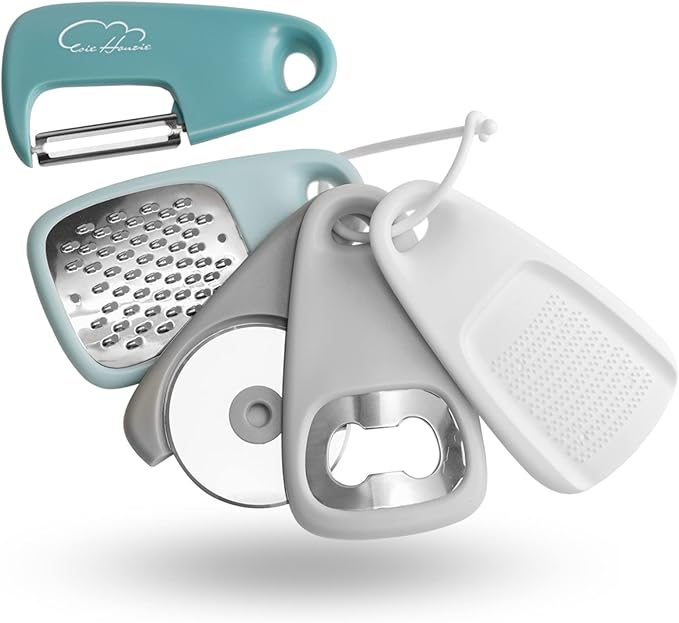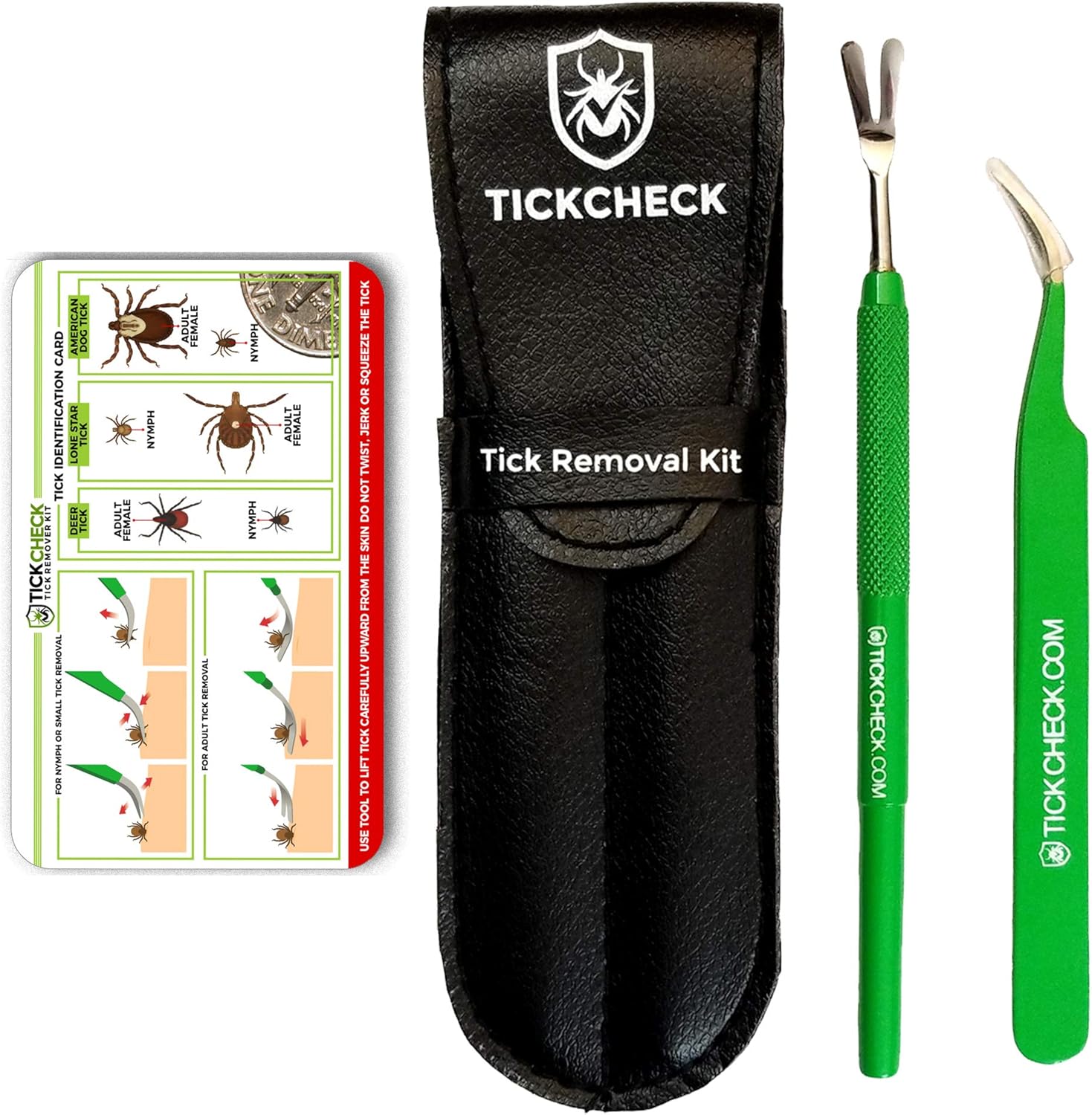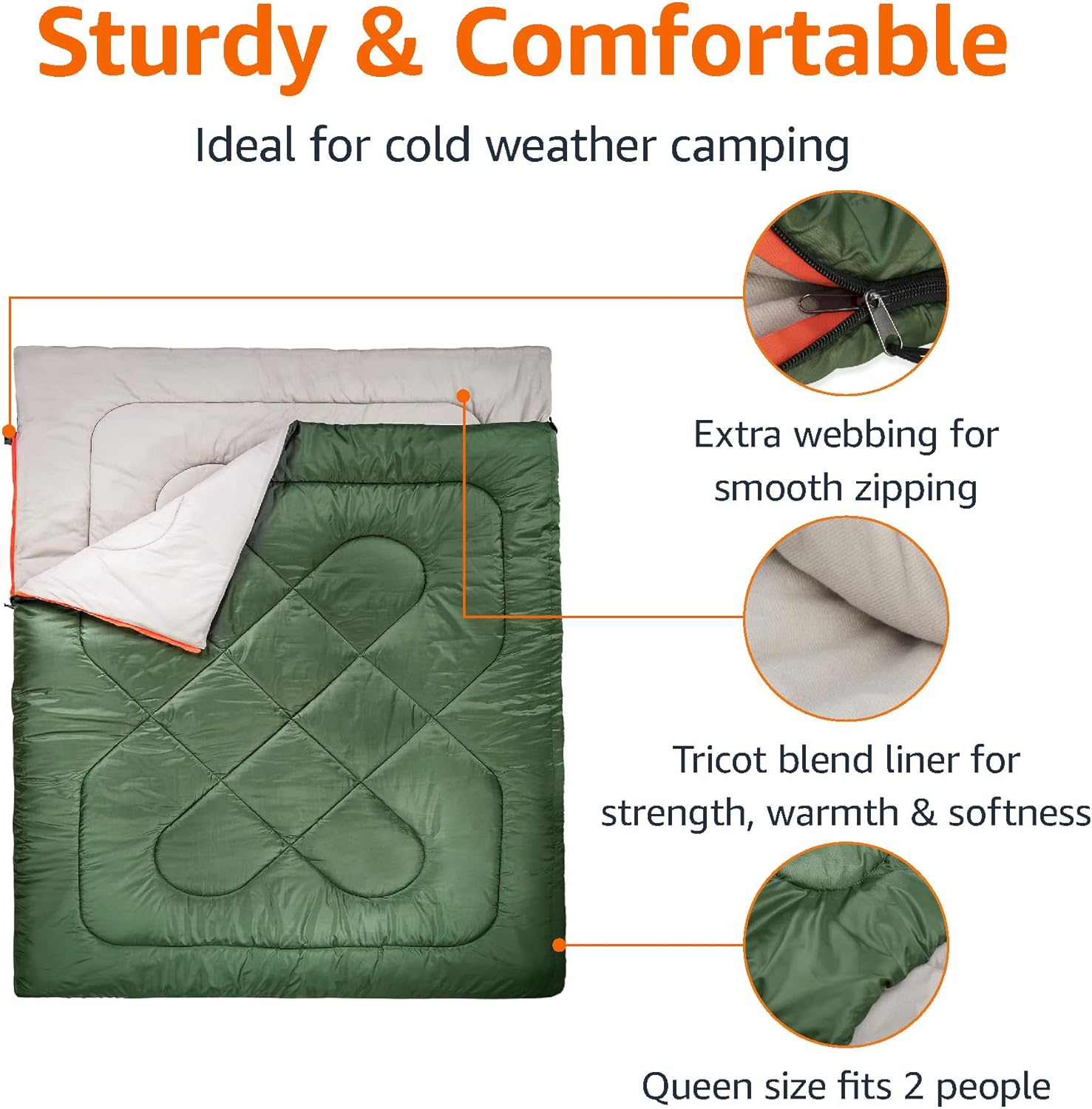How To Remove Ticks
Knowing how to remove ticks is an important skill if you are going camping or hiking.
Lyme Disease is a potentially serious health issue, and it is spread by infected ticks.
A tick bite is not harmful in itself - but ticks can carry a number
of diseases that are harmful to humans and to our pets. Knowing how to
find and remove ticks will help you to protect your family.
The best solution, of course, is to avoid being bitten by ticks at all. Read about tick bite prevention here.
But
what if a tick does find you and bite you? Don't panic! Most tick-borne
disease are not immediately transmitted. If you can get the tick off
quickly, you minimize the chance of getting sick.

All 5 pieces in this great kitchen set stack together in any order - a great space saving kitchen gadget for your camping trip!
Read more and buy your kitchen tool set here!
How to remove ticks on humans
Get out your tick tweezers
The best way to remove ticks is with a tick removal tool.
These are specially designed to grip a tick firmly while not ripping it apart.
For more information on the removal tool above and to purchase CLICK HERE.
You can also use tweezers.

One of these should be in your first aid kit at all times. You'll also need soap and water, and you may want to use an antiseptic.
Grasp the tick firmly
Using your tool, place the jaws around the tick, as close to your skin as possible.
If you are using tweezers, grasp the tick carefully, and be careful not to squeeze the tick; this could force its stomach contents into your skin.
Pull
Pull slowly and steadily.
Don't twist the tick. This may cause the head to separate from the body. You want to remove the whole thing.
What if I don't have a tick tool or tweezers?
Use your fingers - but protect your fingers with a glove, a piece of plastic wrap or a scrap of paper. Wash your hands when you are done.
What if the tick breaks?
The tick's mouth parts might break off from its body and stay attached to your skin. If that happens, use a sharp blade or a needle to scrape the bits from your skin.
What if I can't remove the tick or the mouth parts?
In that case, you should seek medical attention.
Wash the area with soap and water
You may want to use an antiseptic or antibiotic ointment to prevent infection.
What do I do with the tick?
If it is alive, you might want to have it tested for infection.
Place it in a container with a tight fitting lid. Moisten a cotton ball with water and put that in the container. Take the container home and put it in the fridge. Contact your health authority right away to find out about having the tick tested.
A dead tick can't be tested. However, you may want to save it in order to identify it. Put it in a clean container or plastic bag and take it home with you.
How to remove ticks on dogs
Your dog may be even more likely to be bitten by a tick than you are. You and your children can take tick bite precautions, and stay away from the long underbrush where ticks hang out, but what are your chances of keeping your dog away?
That's why it's important to check your dog for ticks regularly.
If you live in a region that is known to be home to ticks, get into a routine of checking your dog daily.
If you take your dog hiking in an area where ticks are likely to hang out, check your dog several times during the day. Here's how:
Wear latex gloves
These will protect you from the tick's bodily fluids, which may carry pathogens.
Look carefully
Sit in the bright sunlight, or use a flashlight. Part your dog's hair and search diligently for any critters. A tick that has not begun to feed may be as small as the point of a pencil. A tick that is engorged with blood may be as big as a watermelon seed - or even bigger!
Run your hands over your dog's body
Pay special attention to the area behind the ears, to skin folds, and to all crannies and crevices. If you feel a tick, resist the urge to grab it and pull it off. The best way to remove ticks on dogs is just the same as removing ticks from humans: grasp with tweezers, and pull gently and firmly without twisting.
Knowing how to remove ticks will give you peace of mind when you venture into the wilderness. Have fun!
Now that you know how to remove ticks, click here to learn more basic first aid instructions for camping.
Before you start packing for your next camping trip, be sure to visit the Camping Family home page. You'll find helpful information about every part of your adventure!
Most Popular
Product of the Month
Amazon Basics 40°F Cool Weather Two-Person Sleeping Bag
Cool weather is here!
CLICK HERE for more information and best price
Recent Articles
-
Which Must-Have Gadgets For Camping Do You Really Need? Check It Out!
Jan 19, 26 03:29 AM
If you are wondering which must-have gadgets for camping you REALLY need, look at our comprehensive guide! Discover what's useful and what's not. -
Best Winter Camping Destinations in Canada
Jan 11, 26 05:21 AM
If you've ever thought about winter camping in Canada, you're in for an incredible adventure. Discover the best winter camping destinations in Canada! -
Best Winter Camping Destinations in the USA
Jan 07, 26 04:26 AM
We walk you through the best winter camping destinations in the USA, from snowy wonderlands to surprisingly warm retreats







